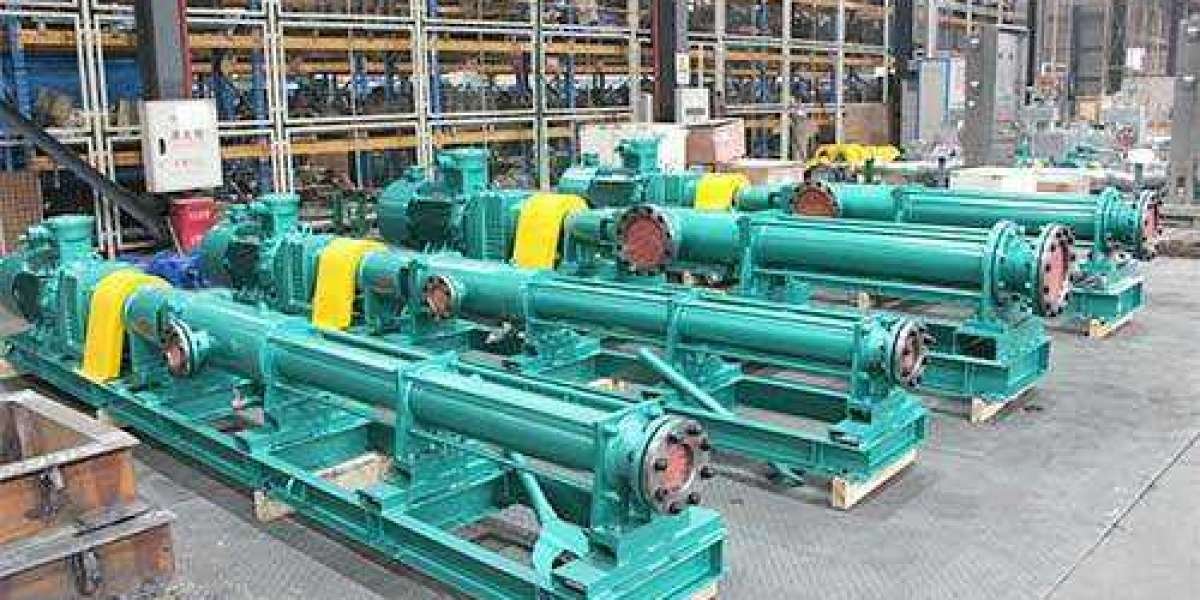For Progressive Cavity Pump repair techs, rotor-to-stator massaging triggers big headaches. The stator is the outside tube, the part of a pump which contains the rotor. So, when there's little clearance between both mechanical assemblies, the parts rub together. The rubbing generated by the scraping components can not be tolerated for long, a devastating mistake transpires, and an overhaul looms. For dynamic cavity pumps, stator rub indicates a deeper underlying trouble.
Premium Progressive Cavity Pump Are Immune
At the very least till they begin their path towards seniority, premium pump styles are immune to rotor-to-stator rub. Yet, and this is an essential factor, that declaration applies to common revolving devices, the ones that make use of solid, coil-lined stators. For inadequately made equipment, those pumps still make use of small clearances, yet their bearings are produced from low-quality materials. The subpar parts totter and produce finite amounts of side-to-side motion. Normally, this effect could be neglected, but the small space in between the blades and stator doesn't permit much error. The parts rub, they produce abrasive powers, as well as Progressive Cavity Pump torque is attenuated.
A Unique Helical Pump Issue
On helical pumps, the stator is produced from elastomeric compounds. It produces a disturbance fit that guarantees the prompt development of loads of discretely taking a trip packets of semisolid products. That's one of the headlining attributes of this pump kind, incidentally. Regrettably, flexible stators can experience unchecked swelling occasions. When this problem occurs, the rubberized stator swells inwards till it get in touches with the helical rotor. That feared rotor-to-stator rub hampers pump efficiency, as well as problems pile up until the gear can no longer execute its normal responsibilities.
Treating Rotor-to-Stator Rub
To some extent, quality concerns contribute to the issue. Superior helical geometries reduce the massaging effect. If the internal as well as external threads are consistently rubbing, a clearance adjustment treatment will make up rather. Ought to the mistake remain, a taxing overhaul can strip the rotor surface. This action recovers the interference fit between both threaded pump sections. Better, however, the engineering group will likely try to find the reason, the reason why the elastomeric stator is swelling. Warmth results prevail perpetrators right here, as are specific chemical agents. As the chemical or heat generating variables are diagnosed, their elimination will cause less swelling.
Depending on a stator's material attributes, its capacity to "get better," the rubbing effect might disappear entirely. Some surveillance will be required to see whether this holds true. If it's financially viable, the overstressed stator requires replacing. Additionally, considering that the rubbing impact has impacted the surface area of the rotor, the protective metal finish will certainly require examining to see if it has actually been deteriorated.
The stator is the outside tube, the part of a pump that contains the rotor. For dynamic dental caries pumps, stator rub indicates a much deeper underlying problem.
The parts scrub, they produce rough energies, as well as Progressive Cavity Pump torque is undermined.
On helical pumps, the stator is manufactured from elastomeric compounds. That dreaded rotor-to-stator rub hampers pump efficiency, as well as issues stack up till the gear can no longer do its regular obligations.



